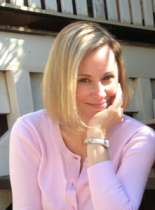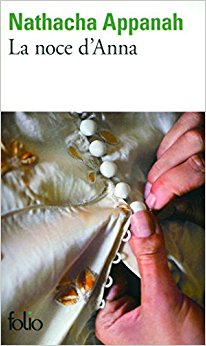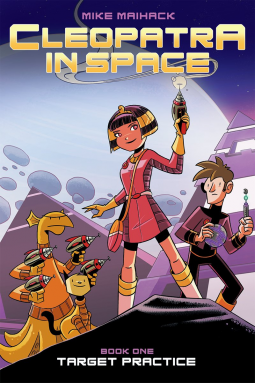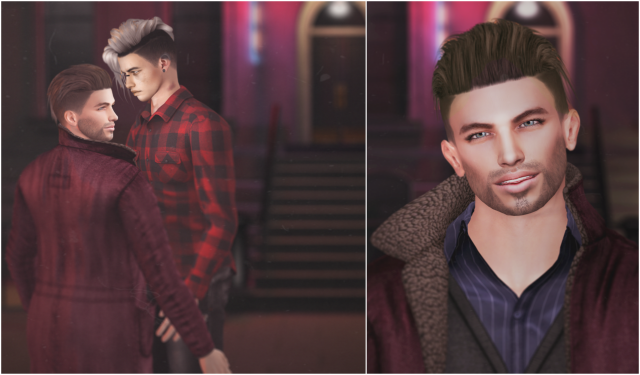 photo by planespotters.com
photo by planespotters.com
The Olympic Airways flight from Athens landed in Larnaca, on the coast of Cyprus before lunch. On the last leg of my Mediterranean trip, I experienced no unusual events on the short plane ride other than an Ouzo induced headache. There were no jolly diplomatic couriers with fantastic espionage stories to listen to. No overzealous security personnel warned of dangerous foreign agents.
A Cypriot woman next to me praised the island nation for its lamb dishes. She wrote down some restaurant names in Nicosia for me (I had never eaten lamb before), but cautioned, “Stay away from the Green Line, especially at night.”
I had heard that the country had been divided since ’74, but I didn’t know much about the history other than the Greeks controlled the south and the Turks controlled the north. U.N. forces along the green line apparently kept peace.
The American embassy in Nicosia, about thirty miles inland, could not send a driver to pick me up. I had been advised by telegram to rent a car. I had never driven a car with the steering wheel on the right. I thought it would be an easy transition. I was wrong. It didn’t help that I had the throbbing headache.
I learned how to drive European style on the thirty-mile adventure to Nicosia punctuated by blaring horns and driver’s raised hands.
American Embassy NicosiaAfter showing my diplomatic passport, I gladly proceeded to park the vehicle in the downtown embassy motor pool. The guards ran a mirror-on-a-stick along the bottom of the vehicle. I popped open the trunk for them. I carried one Samsonite luggage and my Jensen tool case (it accompanied me everywhere).
 photo by jensentools.com
photo by jensentools.com
The commotion behind the vehicle caused me to jumped out and see what was going on.
The guards had opened my tool case and were ogling the kit like it was a terrorist’s creation. The Jensen tool kit held every conceivable tool for my job, including a Bird RF wattmeter so necessary to troubleshoot radio problems. With these tools one could wire a detonator, defuse a bomb, or open a can of tuna fish.
“All right,” the marine guard said to the local guards. “The show’s over. Let him go.”
He turned to me and said, “Sorry about that. They get a little nervous when they see things they don’t understand. Ever since they divided this country everybody’s been on edge.”
Author note: before proceeding to my experience at Am Embassy Nicosia in November of 1977 perhaps a brief history of the island of Cyprus during the previous three years will benefit the reader…
Legend has it that Cyprus was the birthplace of the Greek goddess of love, Aphrodite. But there’s been no love lost between the Greeks and the Turks since July 1974 after the Greek Cypriots staged a coup d’état led by the Greek Junta in Athens. U.S. Secretary of State Henry Kissinger’s attempt to broker a peace agreement failed. Soon after the coup d’état the Turks invaded Northern Cyprus.
A ceasefire was declared after the Turkish invasion and as a result a “green line” divided the country across the middle, including Nicosia. United Nations troops centered in Nicosia patrolled the narrow corridor over a hundred miles wide.
The Greek military junta of the south collapsed and was replaced by a democratic government. The Turkish government occupied about 40% of northern Cyprus. Some 165,000 Greek Cypriots fled from the north side of the island to the south leaving behind their property and possessions. About 55,000 Turkish Cypriots fled to the north. In all, about one third of the population of Cyprus was displaced. This caused the economy to collapse.
The Affect of the Turkish Invasion of Cyprus on the U.S. August 1974 violence at U.S. Embassy Nicosia, Cyprus by CNN.com
August 1974 violence at U.S. Embassy Nicosia, Cyprus by CNN.com
On August 19, 1974 angry Cypriot demonstrators who blamed the United States tore down the American flag at the U.S. Embassy in Nicosia, Cyprus. Protesting that American’s had failed to prevent the invasion of northern Cyprus, Greek Cypriot gunmen killed U.S. Ambassador Roger Davies by sniper fire believed to belong to a paramilitary terrorist organization whose goal was to unite Cyprus with Greece. The U.S. response was to immediately replace Davies with the Ambassador to Yemen, William R. Crawford. Some experts believe this was done to absolve Greek Cypriot authorities for the murder of Davies.
In November 1977, Cyprus remains a divided country with Turkey controlling the north and Greece the south. The U. N. troops stationed along the “Green Line” to keep peace have no time line for withdrawal.
The circumstances surrounding Ambassador Roger Davies’s death underscored the need for physical security at Middle East U.S. missions. Just as important, personal security involved both an acute awareness of one’s surroundings and the ability to communicate immediately with fellow FSO’s and the mission during civil uprisings. The radio group within OC/PE (the Office of Communications/Programs Engineering) was tasked with providing handheld radios and other devices to the FSO’s. CEO-R’s (radio techs) were assigned to regional RCO offices worldwide to accomplish this task.
 photo by allnewspipeline.com
photo by allnewspipeline.com
Here is a list of the U.S. ambassadors killed in the line of duty in the late ‘60’s to the 70’s, during the rise of international terrorism.
Francis E. Meloy, Jr.
U.S. Ambassador to Lebanon
1976—Kidnapped by a Palestinian separatist group and shot along with U.S. economic counselor Robert O. Waring as both diplomats headed to present their credentials to the new Lebanese president.
Rodger P. Davies
U.S. Ambassador to Cyprus
1974—Killed by sniper fire during a demonstration against American policy by Greek Cypriots at the embassy in Nicosia.
Cleo A. Noel, Jr.
U.S. Ambassador to Sudan
1973—Killed after members of a faction of the PLO, the Palestinian Liberation Organization, specifically called ‘Black September,’ stormed the Saudi Arabian embassy in Khartoum during a party for Noel’s outgoing deputy.
John Gordon Mein
U.S. Ambassador to Guatemala
1968—Gunned down by Guatemalan rebels after leaving a government luncheon. His car was stopped in the middle of a road where soon after he was shot trying to flee.






